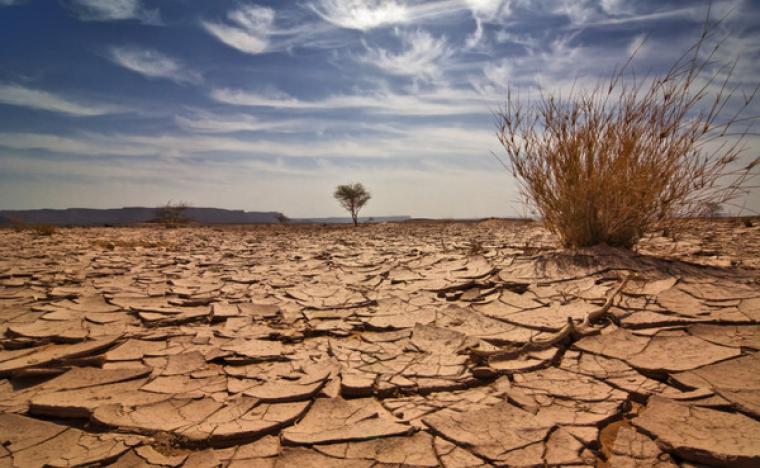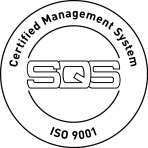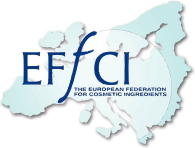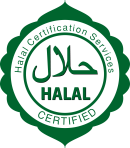Learning with McCell - part 1: Extraction
In our new series, McCell is explaining complex technical processes at Mibelle Biochemistry. This project has been initiated by our apprentices, who follow closely McCell in his new area - so let's see what McCell is teaching us today in his first session, which is all about Extraction!

The desired component is bound inside the extraction matrix. An appropriate extracting solvent (2) does not mix or very badly mix with the extraction matrix. Different components, including the desired component, will be laid off from the extraction matrix and will be gripped by the extracting solvent. All the separated components in the extracting solvent together are called extract. For a good extract, the active component must be better soluble in the extracting solvent than in the extraction matrix. In a good extract the active component is more concentrated than in the extraction matrix. That means, you need to consume or apply less of the extract, to have the same impact, as if you would consume or apply the extraction matrix.
- AnaGainTM: pea sprouts extract
- Detoxophane and Sulfora White: Swiss garden cress sprouts extract
- Happybelle-PE: monk’s pepper berries extract
- SunActin: sunflower sprouts extract
(1) Composition from liquid and solid, which includes the active component.
(2) Solvent, in which the active component can be solved.








